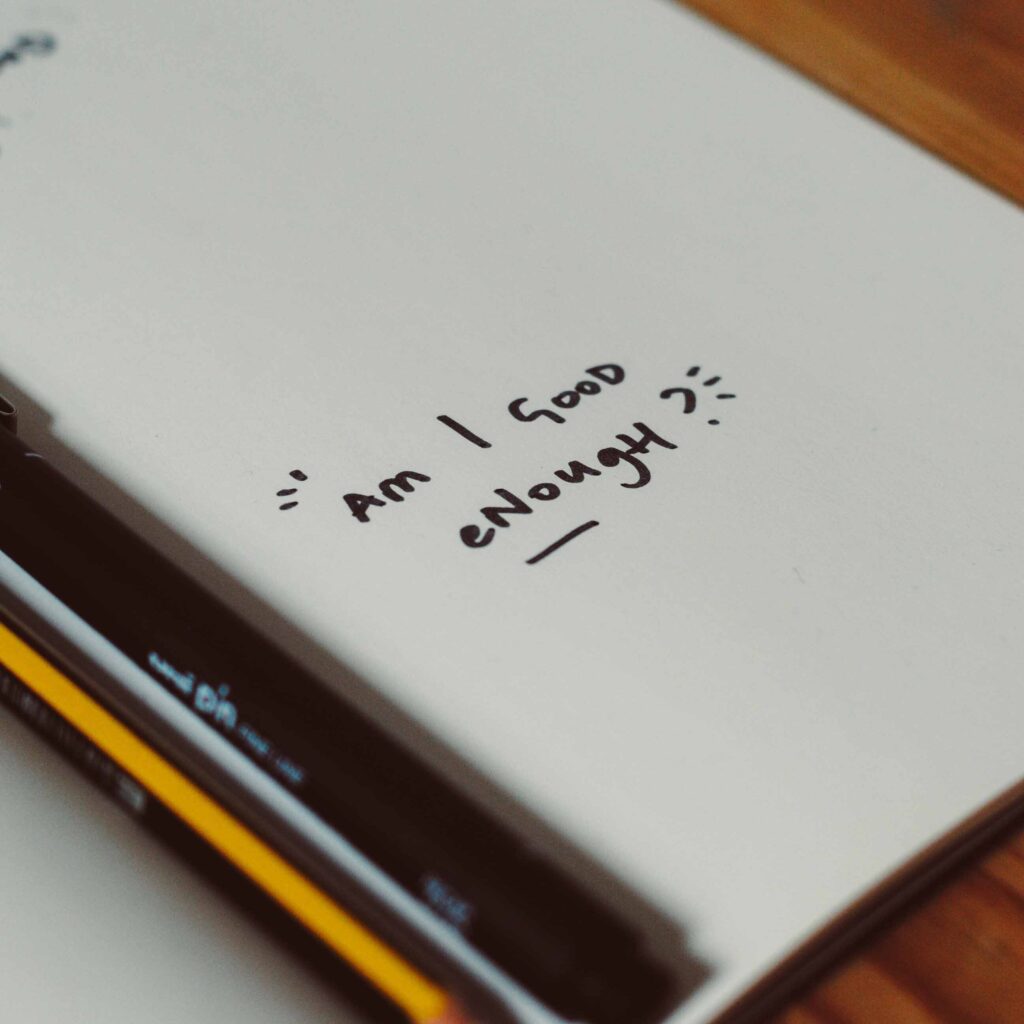Why do I think that artists need to focus on self-discovery now more than ever before? Why does it matter if all the art scene of today demands is the quantity and shock value? Do artists need to adapt or stand out? Following the constant need for over-stimulation, it becomes much harder to know what it is that we want as creators.
one thing I learned about art and the process of creation in the past two years of blogging and reading different resources and insights is that creating art means: attention to intricate unconscious inner processes, exploring our own emotions, identifying our patterns, and inner conflicts, and more psychological work that nobody talked about when art was discussed in real life.
What is self-discovery?
Self-discovery is the process of understanding your true self: your values, your needs, your wants, what makes you uncomfortable, and even the simple things such as your preferred style of clothing, foods you enjoy, etc.
Growing up, we naturally learn some of these things about ourselves. However, as adults, we may lose touch with our values and hide our own motivations and preferences, to please others or in an attempt to fit in. And we sometimes end up hiding our true selves even from ourselves which makes going deeper into a journey of self-discovery life-changing.
What is self-discovery for an artist?
For a normal person, knowing your personality type, if you’re a night or day person, or your favorite meal is great. But true self-discovery as an artist starts when you evaluate your life and think about what’s making you do what you do. Be it meaningful or not! What brings more joy into your life? What inspires you to jump out of bed each morning?
I always have people asking me how to find a “purpose”, and how I knew I wanted to do art instead of something else. And while I can’t figure out the secret recipe myself, I know that I was on a self-discovery journey forever, and every day I learn something about myself, especially by paying attention to what’s missing from my life and saying yes to things that don’t match with my vision.
You will enjoy reading this one, The IKIGAI concept: Figure out your Passion Part 2
As an artist, discovering your inner self is a journey of experimentation, and a lot of knowledge of your own feelings, beliefs, and desires in life. It requires you to dive in and examine all areas of your life and take the time to reflect. You’ll need courage and resilience to stick with the process — in the process of looking inward, you may learn things about yourself that you find hard to accept.
How to start a self-discovery journey with art?
1- Work to be your authentic self daily
I know it’s cliché because we are often too biased to even be able to identify our authentic selves from the versions we have worked so hard on creating for the world to see. However, as a teenager, I came across something called psychodynamic theory (I’m not a psychologist so please google it as I may provide wrong ideas and definitions in my way of explaining). What that meant to me at that time is that journaling at a young age will provide my future self with a clearer guide to what I liked growing up, what I found interesting, and what just didn’t work for me.

I know now as an adult that I love creating by nature, I love reading, writing, and expressing myself through subtle things I enjoy. So every day, I make sure I cultivate the creator part of me by learning new things, experimenting, and doing whatever I feel like. Journaling is my way to discover something about myself I didn’t know before and to connect dots that were previously not connected.
2- Try new things
Couldn’t stress this enough! I have never said no to something just because it doesn’t fit my vision, plan, or comfort zone. I’m always ready for change, ready to experiment, and don’t hold myself accountable for spending my time doing what I wasn’t meant to be doing.
Trying new things gives our minds new data to work with, it creates new memories, and new feelings and may help us create associations with previous events that we may have forgotten. The technique Freud used for this is called Free Association. His idea was that the contents of our unconscious reveal themselves by association. In our psyche, everything is connected by similarity. If you smell your favorite food, this might bring you back in time to your mum’s kitchen, remembering scenes at the dinner table, or it might take you to an exotic vacation you took and how the guide looked just like your ex, and then you think about the relationship, etc.
3- Hone your art/any passion that makes you excited
Tap into your favorite hobbies, how they make you feel, and what you think about when you practice them. If you sit with something you want to understand about yourself, using free association can be incredibly helpful. What you do is write down everything that comes to mind, no matter how embarrassing, irrelevant, small, insignificant, or uncomfortable it seems in regard to the hobby or passion you’re sitting with. Note down what caught your eye about yourself, what seemed odd, and what you want to understand. And then let your mind wander and follow the chain of associations.
If you think of the person, emotion, situation, problem, dream, etc. that concerns you: What image, smell, memory, sensation, emotion, dream, fantasy, thought, picture, or word comes to mind? What can you freely associate? What does this remind you of? Free association is honest, non-judgemental self-observation. It requires deep curiosity and acceptance. It means dropping judgment and opening oneself up to observe any thought, emotion, or sensation no matter how random.
Insights from: https://alinamueller.com on April 24, 2023


1 Comment